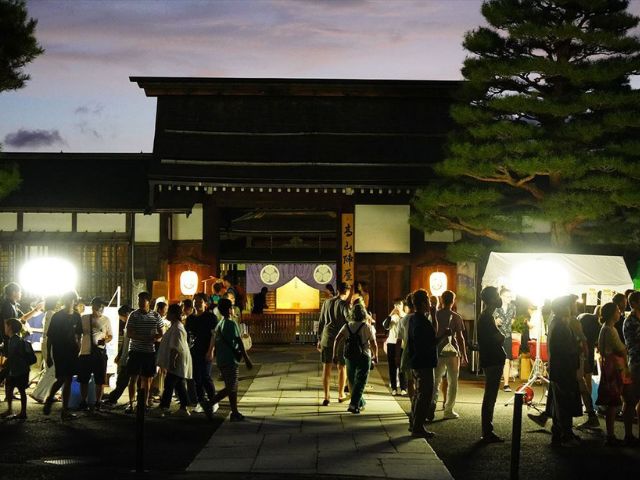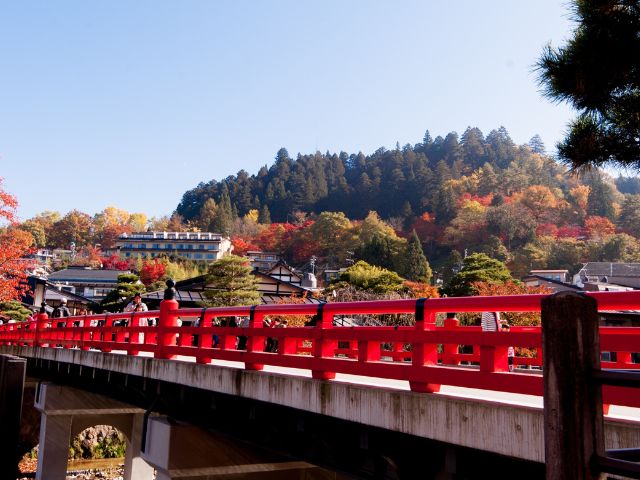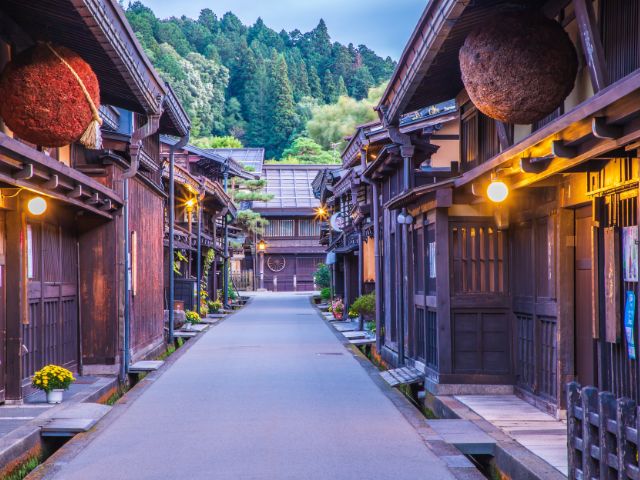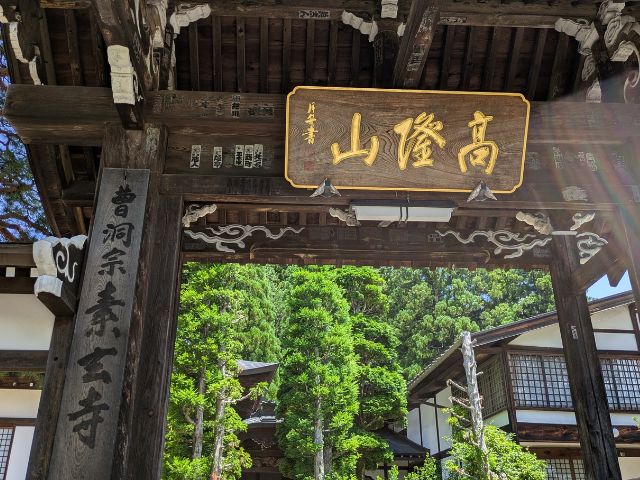The Takayama Festival was registeredd as a UNESCO Intangible Cultural Heritage in 2016. It consists of two seasonal events: the Sanno Festival in spring and the Hachiman Festival in autumn, both known for their magnificent floats (yatai) that parade through the streets of Takayama. The Sanno Festival is held at Hie Shrine, while the Hachiman Festival takes place at Sakurayama Hachimangu Shrine. Various Shinto rituals are performed during these festivals as people express their gratitude to the deities.
The Gassho-style village of Shirakawa-go, registered as a UNESCO World Heritage Site in 1995, features a unique Japanese architectural style with steeply pitched thatched roofs resembling hands in prayer. These traditional homes have been passed down through generations, preserving the region’s cultural heritage and way of life.
高山陣屋は、江戸時代に飛騨国を治めた幕府の役所です。高山陣屋は、当時の政治や行政の中心地であり、現在もその建物が保存されています。
高山陣屋前や宮川朝市では、地元の農家が丹精込めて育てた新鮮な野菜や果物、手作りの漬物や味噌などが並びます。朝市は、1820年頃に始まり、現在も多くの観光客や地元の人々で賑わっています 。
Takayama Jinya was the government office established by the Tokugawa Shogunate to administer the Hida region during the Edo period. It served as the political and administrative center of the area, and the original building is still preserved today.
In front of Takayama Jinya and at the Miyagawa Morning Market, local farmers proudly display fresh vegetables and fruits they’ve carefully grown, along with handmade pickles and miso. The morning market began around 1820 and continues to thrive today, attracting both tourists and locals with its lively atmosphere.


古い町並みは、江戸時代の城下町として発展した歴史的な地区で、現在もその面影を色濃く残しています。上町、下町の三筋の通りは国の重要伝統的建造物群保存地区に選定されており、特徴的な出格子の連なる美しい町並みや、軒下を流れる清らかな用水、杉の葉を玉にした「酒ばやし」が下がる造り酒屋など、風情ある景観が広がります 吉島家住宅や日下部民藝館、宮地家住宅などがあり、これらの邸宅は「飛騨の匠」と呼ばれる木工のプロが作り上げた町家建築です。
The Old Township is a historic district that flourished as a castle town during the Edo period and still retains much of its original charm. The three main streets of Kamimachi and Shimomachi have been designated as an Important Preservation District for Groups of Traditional Buildings by the Japanese government. The area features beautiful rows of traditional latticework facades, clear water channels flowing beneath the eaves, and sake breweries adorned with “sugidama” — balls made from cedar leaves — all contributing to its nostalgic atmosphere.
Notable residences such as the Yoshijima House, Kusakabe Folk Museum, and Miyaji Residence showcase traditional townhouse architecture crafted by master carpenters known as “Hida no Takumi/Master of Hida.” These buildings reflect the refined woodworking techniques and cultural heritage of the region.


高山駅前のバスターミナルより、世界遺産の白川郷、江戸時代から親しまれている日本3大名泉の下呂温泉、四季折々の自然を楽しめる平湯/奥飛騨温泉郷、北アルプスの山岳景勝地の上高地/上穂高/乗鞍岳まで足を延ばせます。
From the bus terminal in front of Takayama Station, you can easily extend your journey to several iconic destinations:
Shirakawa-go, a UNESCO World Heritage site known for its traditional gassho-style houses
Gero Onsen, one of Japan’s three most famous hot springs, cherished since the Edo period
Hirayu and Okuhida Hot Spring Villages, where you can enjoy the beauty of nature throughout the seasons
Kamikōchi, Mount Hotaka, and Mount Norikura, scenic mountain areas in the Northern Japan Alps